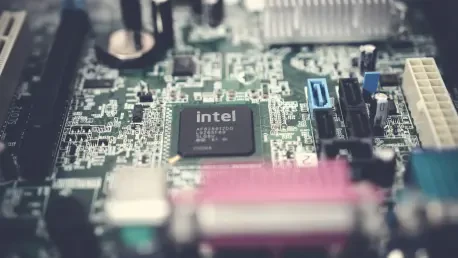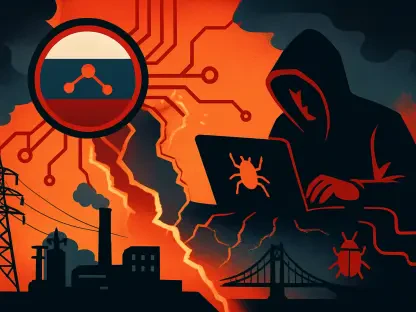The semiconductor industry serves as the backbone of global technology infrastructure, thriving on innovation and competitive prowess. While the industry continually evolves, it faces increasing pressures from technological advancements, shifting market dynamics, and regulatory changes. Within this complex landscape, Intel is undergoing a significant metamorphosis, embracing edge AI to navigate its strategic challenges under the leadership of Lip-Bu Tan. This pivot reflects the necessity for bold adjustments to maintain relevance amid fierce competition from industry giants such as Nvidia and AMD.
Overview of the Semiconductor Industry
The semiconductor industry encompasses a range of components crucial for the operation of modern electronic devices, from microprocessors to memory chips. Characterized by rapid innovation and sizable market contributions, the sector remains vital for technological progress and economic growth. Leading companies and diverse segments drive its momentum, with cutting-edge technologies continuously reshaping industry contours. Regulatory standards ensure quality and innovation, albeit imposing constraints that require strategic navigation. Thus, firms like Intel find themselves at a crossroads, striving to meet rigorous demands while leveraging emerging opportunities.
Industry Trends and Market Dynamics
Emerging Trends and Technological Developments
Technological evolution remains central to the semiconductor sector, introducing trends that reshape consumer preferences and market demands. Advancements in AI, IoT, and edge computing foster new avenues for innovation, influencing both product development and industry strategy. As consumers increasingly seek smart devices and interconnected ecosystems, semiconductor companies explore novel applications to enhance user experiences. For Intel, capitalizing on edge AI embodies a strategic response to these shifting paradigms, allowing for competitive alignment amid an evolving technological landscape.
Market Data and Future Projections
Current market data reflects robust growth trajectories, with semiconductor industry revenues and valuations poised for expansion. Forecasts suggest continued proliferation owing to rising demand for advanced technologies and intelligent solutions. According to available research, the industry’s performance indicators highlight potential investment opportunities and areas for strategic focus. With emerging technologies at the forefront, the path forward involves harnessing innovation while adapting to consumer and market expectations. Intel’s pivot toward edge AI underscores its endeavor to partake in these unfolding developments.
Challenges in the Semiconductor Sector
The semiconductor industry confronts myriad challenges, from technological bottlenecks to regulatory intricacies. Achieving manufacturing proficiency poses constraints, necessitating expertise and responsiveness to emerging complexities. Regulatory hurdles further impede progress, requiring strategic foresight to navigate swiftly. For Intel, balancing technological aspirations with operational efficiency becomes paramount. Addressing obstacles through organizational streamlining and strategic partnerships offers viable pathways to overcome barriers and reaffirm competitive stature.
Regulatory Environment and Compliance
The regulatory landscape influences every facet of semiconductor innovation, necessitating adherence to established standards and protocols. The sector operates under numerous laws governing quality, security, and environmental compliance, demanding rigorous strategies to align with evolving regulations. With greater emphasis on cybersecurity and data protection, companies must prioritize robust measures to safeguard consumer data. Regulatory developments pave the way for enhanced industry practices, fostering a climate conducive to sustainable advancement. As Intel explores new frontiers, stringent compliance frameworks guide its strategic endeavors.
Future Directions and Innovations
The semiconductor industry’s future rests on groundbreaking innovations that redefine technological frontiers and market possibilities. As AI, quantum computing, and edge technologies gain traction, companies are poised to explore uncharted territories. Market disruptors and evolving consumer inclinations position the sector as a linchpin for global economic growth. Intel’s embrace of edge AI exemplifies its foresight in capturing emerging opportunities, underscoring the industry’s potential to transcend traditional boundaries. Amid innovative prowess, the industry anticipates transformative growth across diverse specializations.
Conclusion and Recommendations
Intel’s strategic pivot to edge AI encapsulates its response to industry pressures and aspirations for renewed competitiveness. Amid evolving market dynamics, Intel’s repositioning heralds a focused trajectory towards emerging technological spheres. The semiconductor industry’s prospects rest on robust innovation, informed investments, and strategic adaptation to regulatory demands. Insight into transformative technologies and consumer trends offers guidance for stakeholders seeking growth avenues. Intel’s recalibration embodies an evolution aiming to secure vitality and prominence within an ever-changing landscape.









